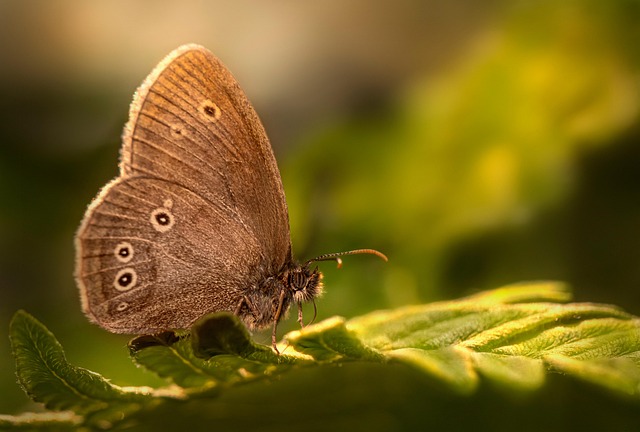Wood boring insects like termites and carpenter ants can cause significant, often unseen damage over time. Early detection through regular inspections by professionals is crucial. Customized plans that consider property vulnerabilities, regional pest types, and historical activity, along with targeted treatments, regular monitoring, and proactive deterrents, are essential for long-term protection against these pests, ensuring structural integrity and peace of mind.
Protecting your home or property from wood-boring insects is an essential step in maintaining its structural integrity. These pests can cause severe damage over time, leading to costly repairs. This article guides you through a comprehensive approach to long-term pest control for wood boring insects. We’ll explore understanding the types of damage these insects inflict, assessing risk factors unique to your property, and developing a tailored plan. Learn effective implementation strategies and ongoing maintenance tips to safeguard your space.
Understanding Wood Boring Insect Damage
Wood boring insects can cause significant damage to structures, particularly over time. Understanding this type of pest control is crucial when it comes to protecting your property. These insects, such as termites and carpenter ants, create tunnels and chambers within wooden materials, leading to structural weakening and even complete destruction. The resulting damage can be expensive to repair and often goes unnoticed until the infestation is severe.
Regular inspections are key to early detection of wood boring insect activity. Pest control professionals use specialized tools and knowledge to identify signs of infestation, including tiny holes, sawdust, or unusual odours. Once detected, customized plans can be implemented to address the issue effectively. This may involve targeted treatments, structural modifications, and regular monitoring to ensure long-term protection against these relentless wood destroyers.
Assessing Your Property's Risk Factors
When it comes to protecting your property from wood-boring insects, understanding your specific risk factors is key. These pests are attracted to certain conditions and materials, so a thorough assessment of your home or building is essential for effective pest control for wood boring insects. Consider factors like the age and type of wooden structures present, their proximity to vegetation, and any historical instances of insect infestations in the area.
Regular inspections can help identify weak points and potential entry points for these pests. Look for signs of existing damage, such as holes or tunnels in the wood, which could indicate an ongoing problem. By evaluating these risk factors, you can develop a customized plan tailored to your property’s unique needs, ensuring long-term protection against wood-boring insects.
Developing a Comprehensive Customized Plan
Developing a comprehensive customized plan is key to ensuring long-term protection against wood boring insects. This involves assessing your property, understanding the specific types of pests that are common in your region, and identifying potential entry points. A professional pest control expert can help with this initial evaluation, providing insights into the unique needs of your home or business. By considering factors like structural vulnerabilities, nearby vegetation, and historical pest activity, they can tailor a plan that addresses specific risks.
Customized plans go beyond general prevention strategies. They include targeted treatments, regular inspections, and proactive measures to deter pests from establishing colonies. This holistic approach ensures that any existing infestations are detected early, allowing for swift and effective treatment. Regular maintenance and monitoring are crucial components, as they help keep pests at bay over the long term, providing peace of mind and protecting your investment.
Implementation and Ongoing Maintenance Strategies
Implementing a customized plan for long-term protection against wood boring insects involves several strategic steps. Once tailored to your specific needs, this plan should encompass a combination of preventive measures and targeted treatments. Regular inspections are key; identifying potential entry points or early signs of infestation allows for swift action. During these checks, look for any unusual activity or damage indicative of pest presence, as early detection is crucial in effective pest control for wood boring insects.
Ongoing maintenance plays an equally vital role in safeguarding your property. This includes maintaining proper ventilation and moisture levels, as wood-boring insects are often attracted to damp environments. Regular cleaning and sealing of potential entry points, along with the application of recommended treatments at prescribed intervals, ensures sustained protection. Staying vigilant and adhering to the maintenance schedule will help prevent future infestations and contribute to the long-term health of your structure.
Protecting your property from wood-boring insects requires a strategic, customized approach. By understanding the damage these pests cause and assessing specific risk factors on your property, you can develop an effective plan with professional pest control services. Regular implementation and maintenance of this plan will ensure long-term protection, preserving your home’s value and structural integrity. Invest in a comprehensive strategy for pest control for wood boring insects to safeguard your investment today.
